Vestil DL-31 Manual
Læs gratis den danske manual til Vestil DL-31 (7 sider) i kategorien Ikke kategoriseret. Denne vejledning er vurderet som hjælpsom af 24 personer og har en gennemsnitlig bedømmelse på 4.4 stjerner ud af 12.5 anmeldelser.
Har du et spørgsmål om Vestil DL-31, eller vil du spørge andre brugere om produktet?

Produkt Specifikationer
| Mærke: | Vestil |
| Kategori: | Ikke kategoriseret |
| Model: | DL-31 |
Har du brug for hjælp?
Hvis du har brug for hjælp til Vestil DL-31 stil et spørgsmål nedenfor, og andre brugere vil svare dig
Ikke kategoriseret Vestil Manualer
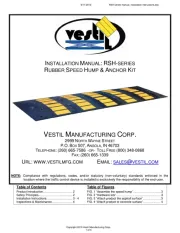
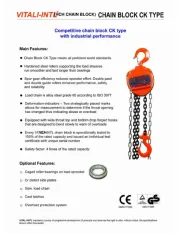
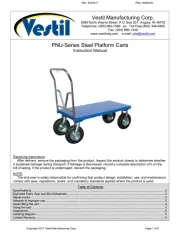
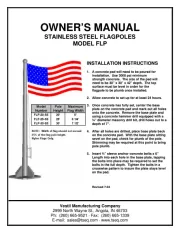
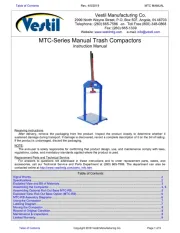
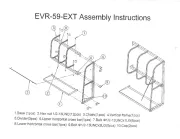
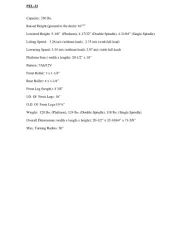
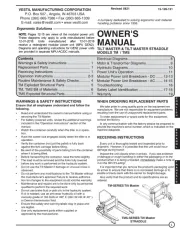
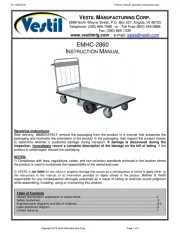
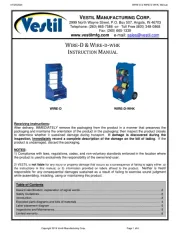
Ikke kategoriseret Manualer
- American Audio
- Conair
- Wacker Neuson
- Theben
- Oliveri
- Playseat
- American BioTech Supply
- Patriot
- W'eau
- Ovation
- B.E.G.
- Eliminator Lighting
- Goodwe
- Eve Audio
- Moza
Nyeste Ikke kategoriseret Manualer









